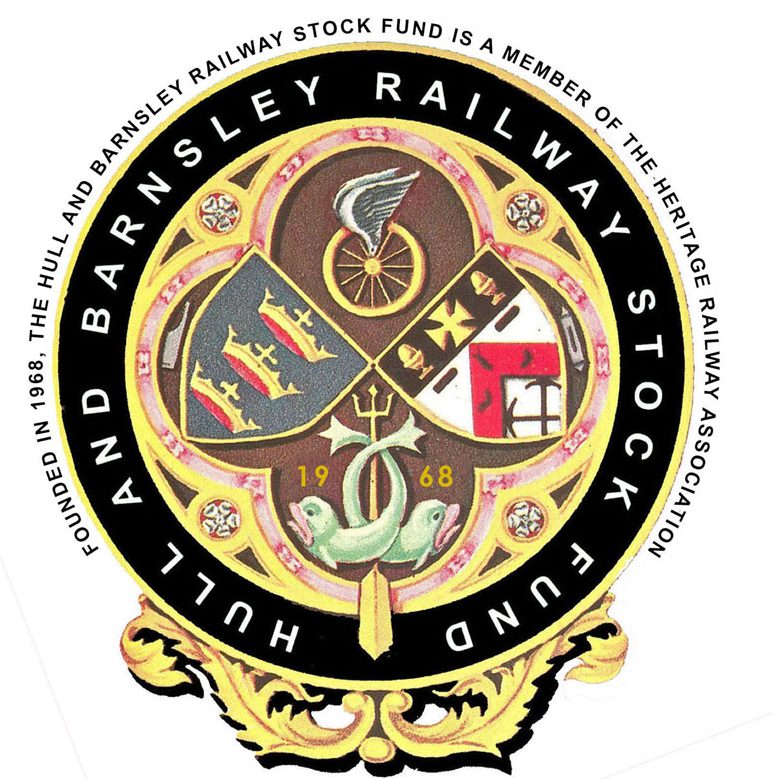The last new railway
Opened in 1885, the Hull, Barnsley & West Riding Junction Railway was the last substantial completely new railway built in Britain.
Intended to break the monopoly of the North Eastern Railway, it was built at a cost of almost £6m to carry coal directly from the Yorkshire pits to the railway’s own dock on the River Humber.
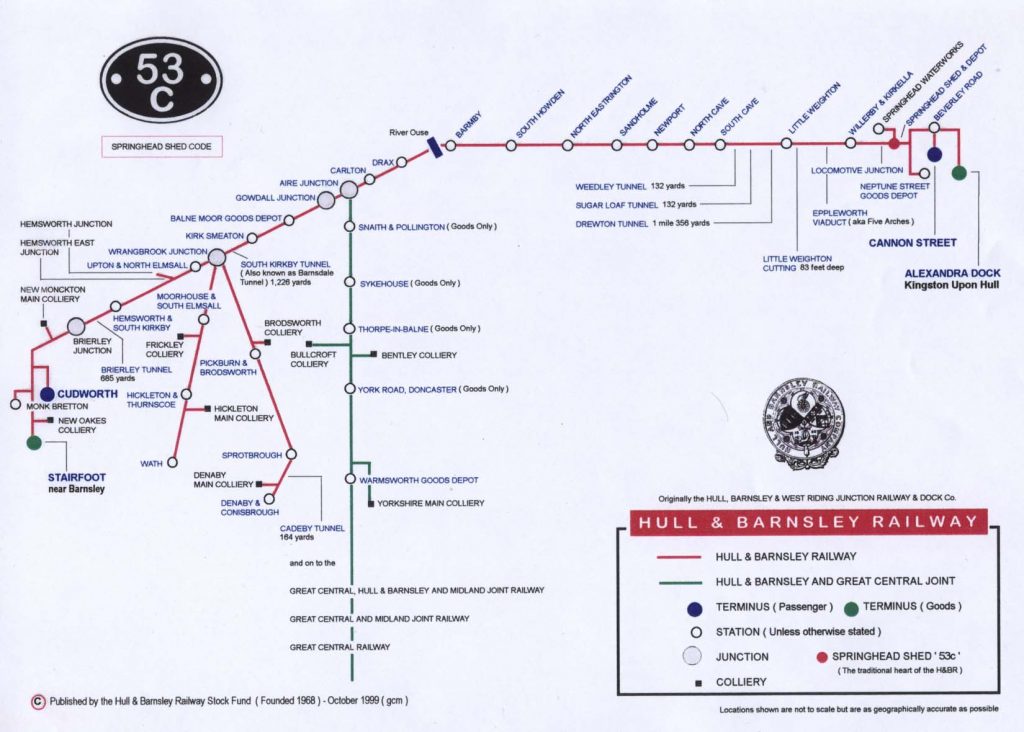
The company was formed in 1879, with the full title of the Hull, Barnsley & West Riding Junction Railway & Dock Company. Royal Assent for construction of the line was received on 26 August 1880, and the first sod was cut on 15 January 1881.
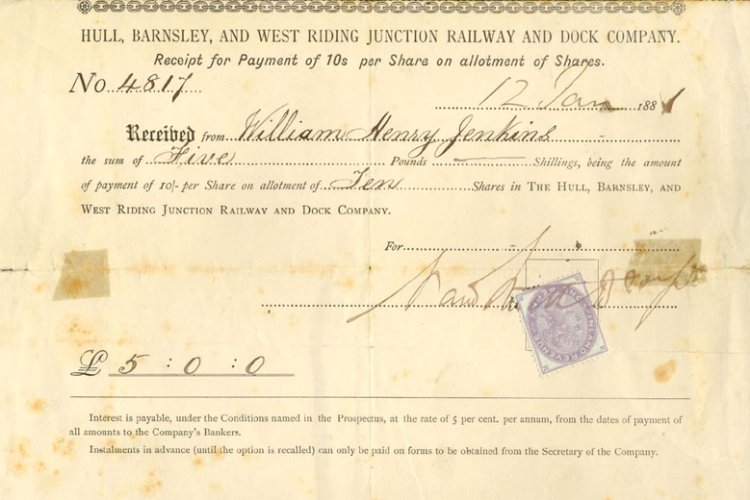
The scheme received considerable help from Hull Corporation, who sold 126 acres of land for the site of Alexandra Dock.
Opening
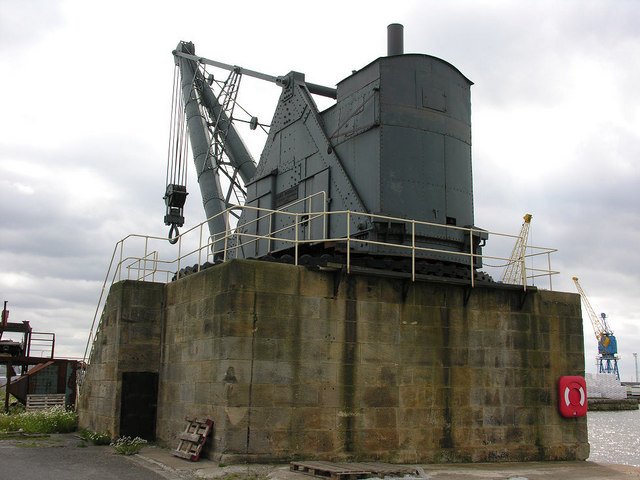
The new railway opened to goods traffic on 20 July 1885, and passenger traffic a week later on 27 July. Alexandra Dock had opened on 16 July, and was the deepest and most modern dock in Kingston upon Hull.
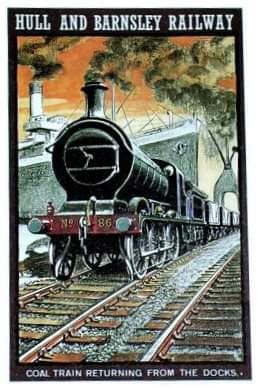
Passenger trains ran from Hull’s Cannon Street station to Cudworth on the Midland Railway mainline to London.
From 3 October 1905 until 1917 there was a through express service to Sheffield over the Midland Railway.
In the West Riding there were branches to Wath and Denaby, and a joint line with the Great Central Railway through Doncaster.
In 1905 the company adopted the shorter title of the Hull & Barnsley Railway.
In 1906 the H&BR and the North Eastern Railway began work on a joint dock, and King George V Dock was opened in 1914.
Merger, grouping and nationalisation
The H&BR merged with the North Eastern Railway on 1 April 1922, not long before grouping on 1 January 1923 when it became part of the London & North Eastern Railway.
On nationalisation in 1948 the line became part of British Railways.
Closure
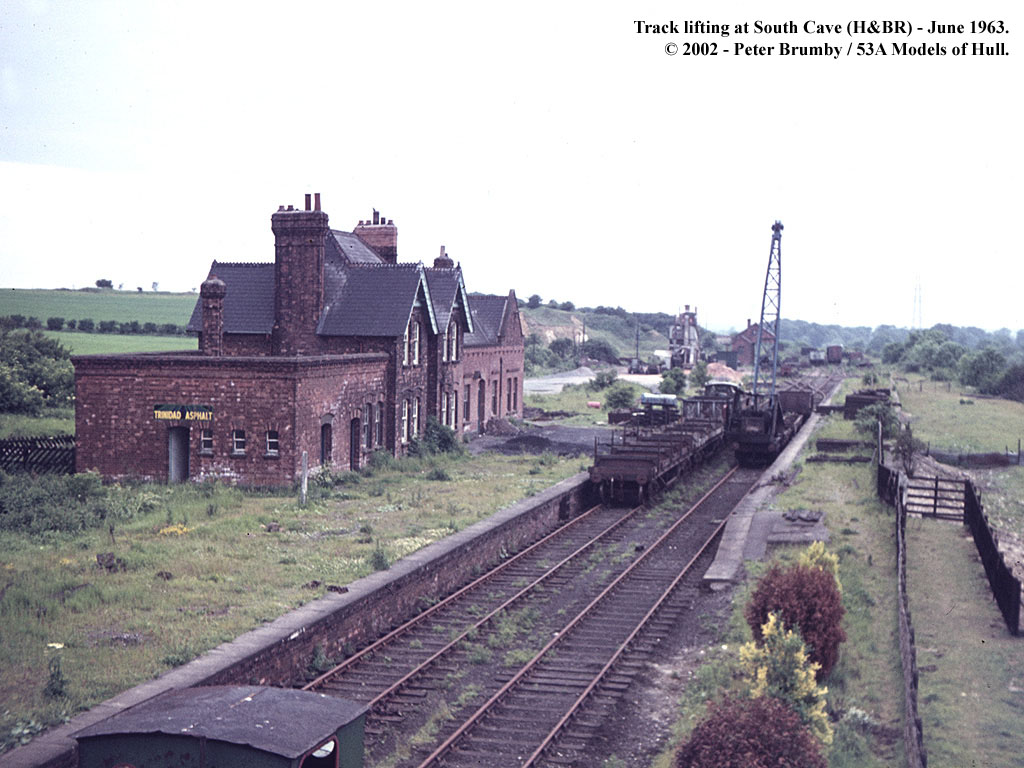
© Peter Brumby/53A Models
Closure came gradually from 1932 when the Cudworth to Howden passenger service ended. South Howden lost its remaining passenger sevice from 1 August 1955.
The line between Wrangbrook and Little Weighton was closed on 6 April 1959, and the Little Weighton to Springhead section saw its last goods train on 3 July 1964.
The Hull & Barnsley route today
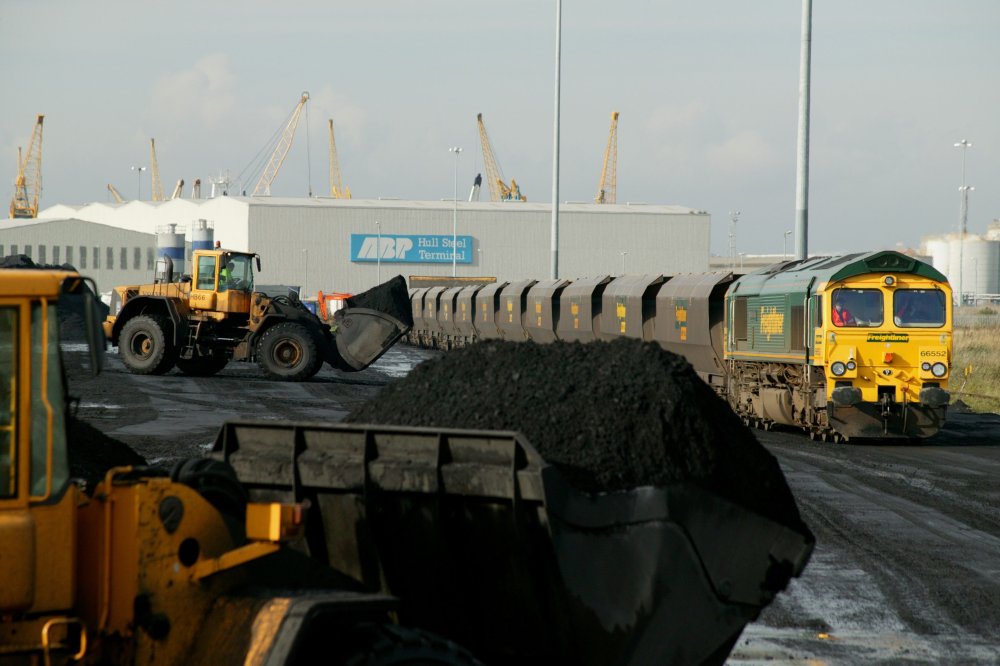
Today the only sections in use are the high level line in Hull, and a 4½ mile section from Hensall Junction which was reopened in 1970 to serve Drax power station.
The line around Hull provides access to the docks and the chemical works at Saltend. In 2008 Network Rail completed a £14·5 million programme to double capacity on the route.
The Stock Fund
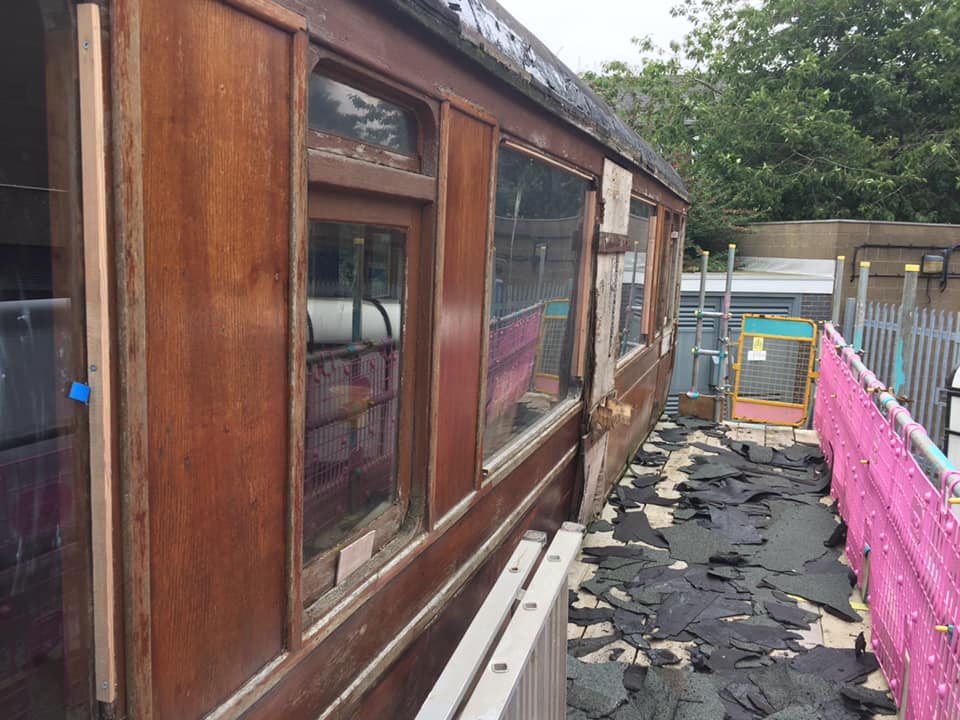
Following the disovery that Coach 58 had survived in Hull, it was bought by the Hull & Barnsley Railway Stock Fund’s founder members in 1968.
Two coal wagons were purchased from the Tyne Commissioners in 1968. Coach 40 was located in York the following year. Engineers’ tool van 2 came from Hull in 1974, when it was the oldest vehicle at still work on British Rail.
The H&BR Stock Fund would particularly like to hear from any railwaymen and women who worked on or alongside the line, so that we may preserve their memories and stories for future generations.
